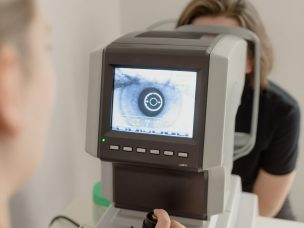Age-related macular degeneration (AMD) is a leading cause of vision loss in the elderly. It comes in two forms: dry AMD and wet AMD. Wet AMD progresses from dry AMD. Patients in the early stages of dry AMD may take years for their vision to be affected, resulting in missed opportunities for monitoring and care.
MicroRNA, or miRNA, is involved in a variety of basic cellular processes. It has previously been shown to have a role in regulating pathological processes related to AMD and has been linked to other retinal diseases. Synthetic miRNAs in artificial exosomes have been explored as a therapeutic option based on miRNA regulation.
This study, published in Neural Regeneration Research, focuses on the implications of AMD exhibiting dysregulated microRNAs and the opportunity for earlier monitoring of AMD progression. The researchers conducted a comparison of published trials and studies on AMD to come to their conclusions.
The studies surveyed included one study on whole blood, two on peripheral blood nuclear cells, two on blood plasma, five on blood serum, one on exosomes from blood serum, one on blood plasma and vitreous humor, and one on retinal tissues.
An analysis is provided of differing results for each type of study and miRNA. For example, for patients with AMD, expression of miR-27a-3p, miR-29b-3p, and miR-195-5p was increased in whole blood testing, while expression of miR-23a-3p, miR-30b, miR-191-5p, and miR-223-3p was increased in peripheral blood nucleus cells. Differing ratios of increased and decreased miRNA are described in detail for each classification.
The researchers note that although this research is in its early stages, the possibility of reliable non-invasive biomarkers for early detection of wet AMD could provide significant benefits to patients and should be further explored [1].
Source:
[1] Peplow, P. V., & Martinez, B. (2021). MicroRNAs as diagnostic and prognostic biomarkers of age-related macular degeneration: advances and limitations. Neural Regeneration Research, 16(3), 440. https://doi.org/10.4103/1673-5374.293131










